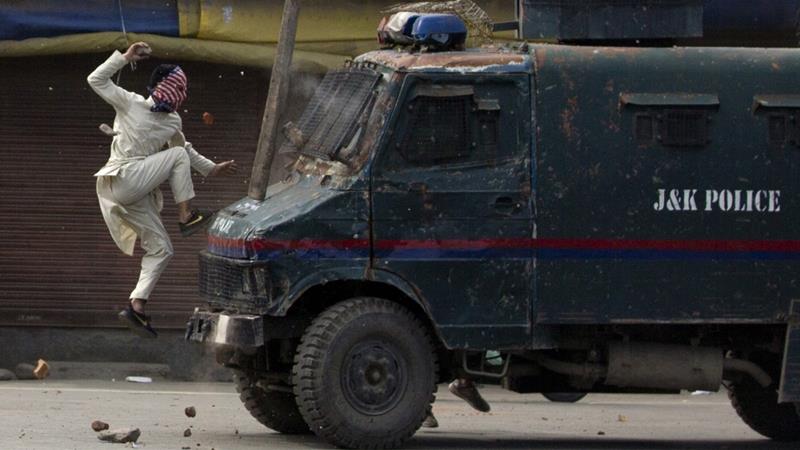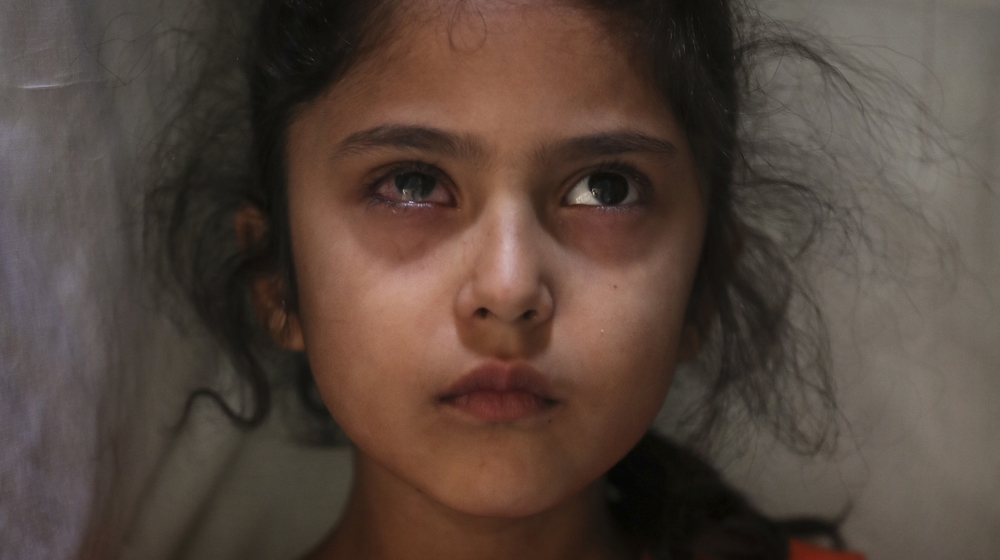
India’s unprecedented crackdown on Indian-administered Kashmir last August, which included a sweeping curfew and shutdowns of phone and internet services, was difficult to show to the world.
But Associated Press news agency’s photographers Dar Yasin, Mukhtar Khan and Channi Anand found ways to report it. Now, their work has been honoured with the 2020 Pulitzer Prize in feature photography.
The prize winners were announced virtually on Monday owing to the coronavirus outbreak.
Pulitzer board administrator Dana Canedy declared the winners from her living room via a livestream on YouTube rather than at a ceremony at New York’s Columbia University.
In a statement on their website following the announcement, Pulitzer said the Kashmiri photographers were selected for their “striking images of life” in the disputed Himalayan territory.
The Pulitzers are generally regarded as the highest honour that United States-based journalists and organisations can receive.
‘Important and superb’
Snaking around roadblocks, sometimes taking cover in strangers’ homes and hiding cameras in vegetable bags, the three photographers captured images of protests, police and paramilitary action and daily life.
They then headed to the local airport to persuade travellers to carry the photo files out with them and get them to the AP’s office in the Indian capital, New Delhi.
“It was always cat-and-mouse,” Yasin recalled on Monday in an email. “These things made us more determined than ever to never be silenced.”
Yasin and Khan are based in Kashmir’s main city of Srinagar, while Anand is based in the Jammu district.
Anand said the award left him speechless. “I was shocked and could not believe it,” he said.
The AP’s president and CEO Gary Pruitt said their work was “important and superb”.
“Thanks to the team inside Kashmir, the world was able to witness a dramatic escalation of the long struggle over the region’s independence.”

Six-year-old Muneefa Nazir, a Kashmiri girl whose right eye was hit by a marble ball allegedly shot by Indian soldiers on August 12, 2019 [Mukhtar Khan/AP]
Conflict has flared for decades in the Muslim-majority Kashmir region, divided between India and Pakistan and claimed by both the nuclear powers.
The tension hit a new turning point in August, when Indian Prime Minister Narendra Modi‘s Hindu nationalist government stripped Indian-administered portion of Kashmir of its semi-autonomy, and divided the Jammu and Kashmir state into two federal territories.
India poured more troops into the already heavily militarised area, imposed a months-long curfew and harsh curbs on civil rights, and cut off internet, mobile phone, landline and cable TV services.
Al Jazeera for more